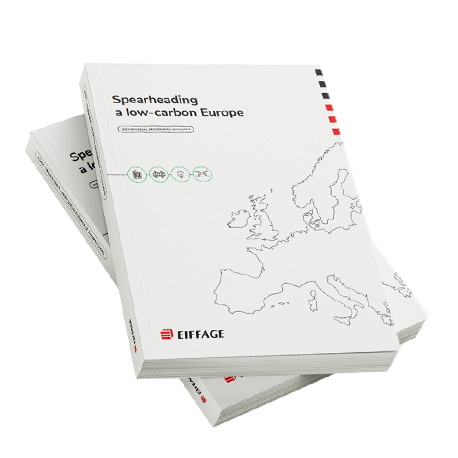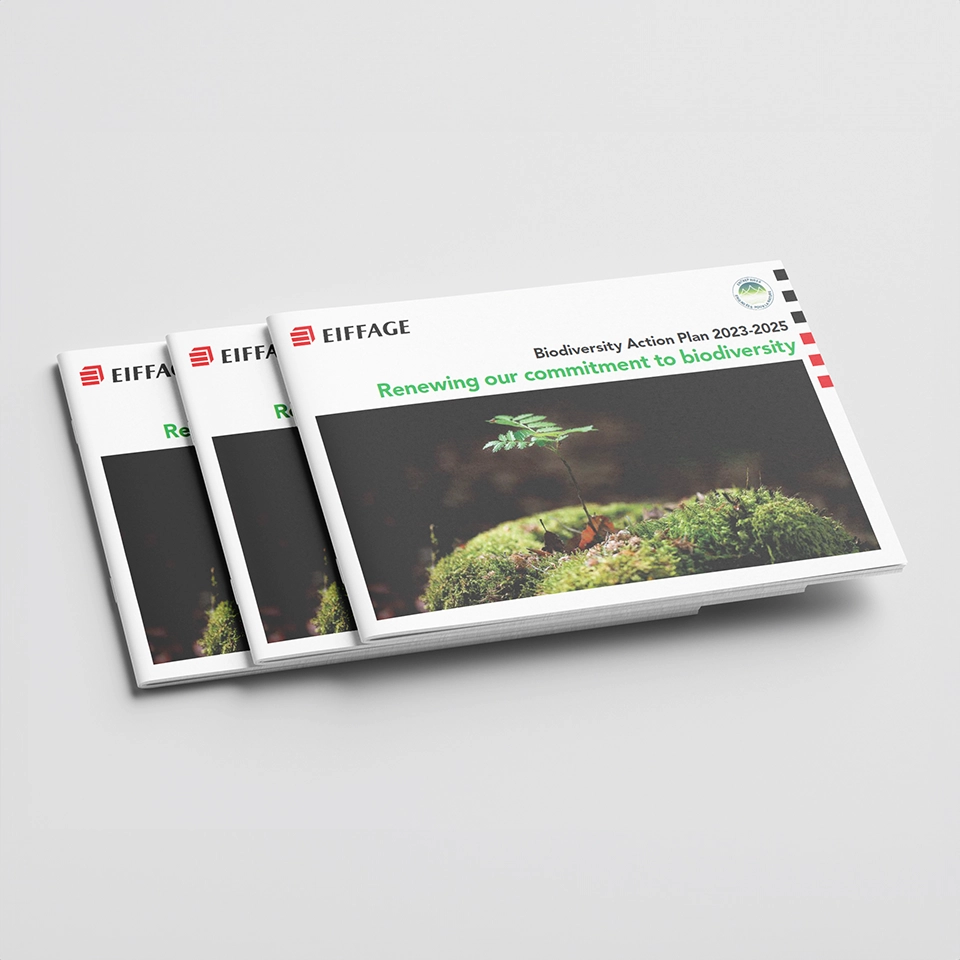Circular economy: a strategy in motion
In line with its commitment to environmental transition, Eiffage has for many years taken a circular economy approach, which in 2022 culminated in the creation of a formal strategy in its own right. Based on a growing awareness of the ongoing ecological crisis, the Group is committed to using fewer raw materials and protecting natural resources.
Acknowledgement and awareness of the ecological crisis
Any discussion of the circular economy naturally touches on the unsustainable pressure being placed on natural resources and thus on ecosystems. This awareness has given rise to various models, such as the “nine planetary boundaries” concept adopted at the European and international levels, which refers to the nine biophysical processes that together regulate the planet’s stability. Since 2022, chemical pollution and alteration of the freshwater cycle have, in quick succession, added to the boundaries that have been overstepped. Earth Overshoot Day, which marks the date when humanity has exhausted nature’s budget for the year, has fallen earlier and earlier over the last 50 years.
Key figures
-
x3Extraction of mineral resources has multiplied more than threefold over the last 50 years, exceeding 92 billion tonnes worldwide in 2017.
-
3%Since the year 2000, the volume extracted has increased by over 3% a year.
-
50 billion tonnesof sand and aggregates are used every year – the world’s second most-used resource after water
A tougher regulatory environment
With regard to the circular economy, the French and European regulatory environment has tightened since 2018, with the publication of several long-awaited pieces of legislation.
- 2018: European Union report on the links between critical materials and the circular economy, following a regulatory package devoted to the circular economy in 2015.
- 2020: Creation of the EPR (Extended Producer Responsibility) sector for Building Products and Materials (BPM) prescribed by the AGEC (anti-waste for the circular economy) Law.
- 2022: RE2020 was extended to office buildings, and a digital traceability system became mandatory for hazardous waste.
- 2022: The circular economy was incorporated into the six criteria that define a sustainable economy within the CSRD (Corporate Sustainability Reporting Directive), in line with the European green taxonomy.
- 2023: ADEME-backed project on safer practice in reuse and repurposing and associated guarantees, bringing together various stakeholders from the building sector.
Eiffage: a key player in the circular economy
Connecting directly to the Group’s low-carbon strategy and Biodiversity Action Plan, Eiffage committed to a circular economy approach, cemented in 2019 with a dedicated charter based on two operational pillars:
- Ecodesigning our structures and project sites.
- Reclaiming materials through reuse, repurposing and recycling.
Between 2020 and 2022, Eiffage greatly expanded its circular economy approach, involving all Group business lines that are stakeholders in the materials cycle (Construction, Energy Systems, Civil Engineering, Roads), together with the Purchasing Department and Sustainable Development and Transverse Innovation Department (DDDIT). This collective task was instrumental in creating Eiffage’s formal circular economy strategy.
-
2017
Eiffage was one of 33 major French companies belonging to AFEP (the French Association of Private Enterprises) voluntarily committed to a circular economy approach.
-
2019
Eiffage created a dedicated charter that embodies its materials reclamation and design commitments.
-
2022
Creation of Eiffage’s formal circular economy strategy.
Eiffage’s circular economy strategy
This strategy incorporates the circular economy from the beginning of the design process for solutions and structures, to ensure that reduced consumption of materials, along with reuse, repurposing and recycling are central throughout. It is based on four pillars:
- Reduced extraction of natural resources: using fewer new materials; developing recycled materials.
- Developing business lines focused on flows: sorting and categorising waste and materials, preparing their second lives and managing the logistics involved.
- Prolonging the life of structures: retaining, renovating and repairing structures.
- Designing reversible structures: creating structures that can be shared and used differently over time, and that can be dismantled more easily.
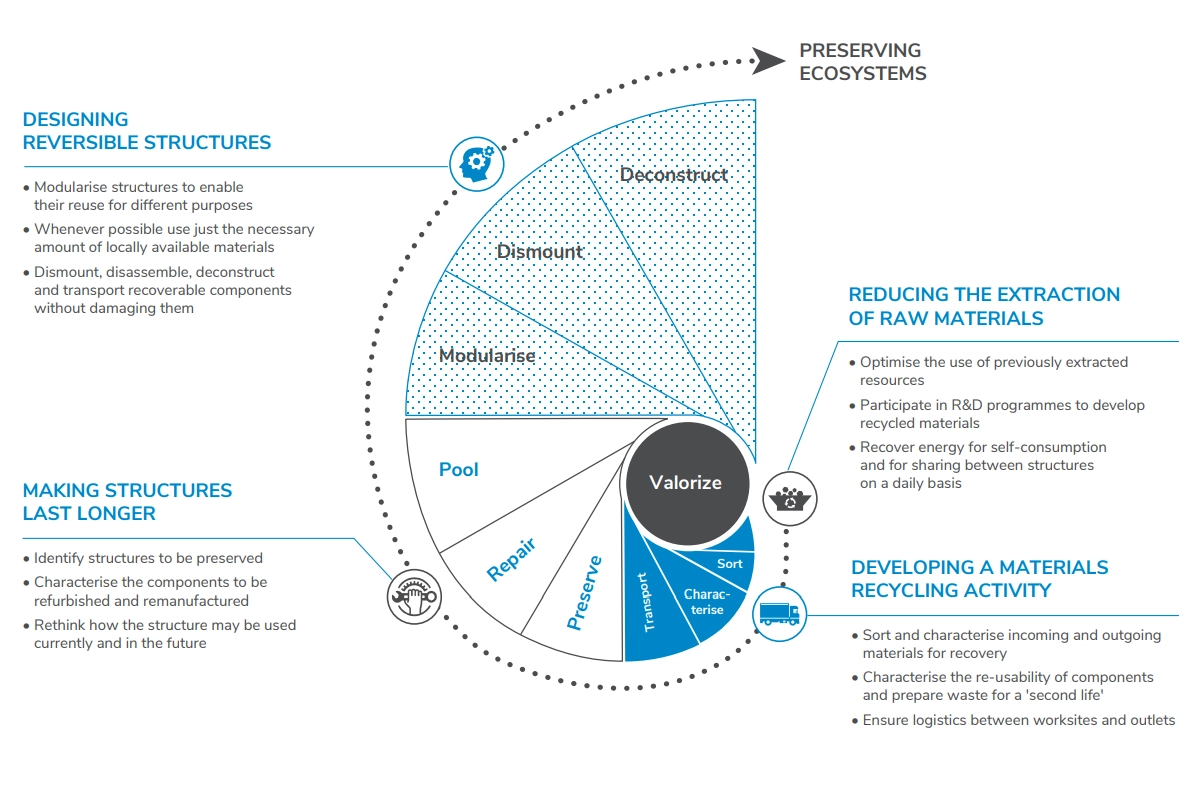
-
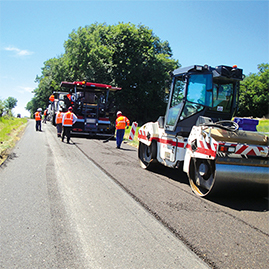 Our commitments to the circular economy
Our commitments to the circular economyThe circular economy has become a necessity, pushing us to rethink how we design, manufacture and build. Developing circular economy solutions
-
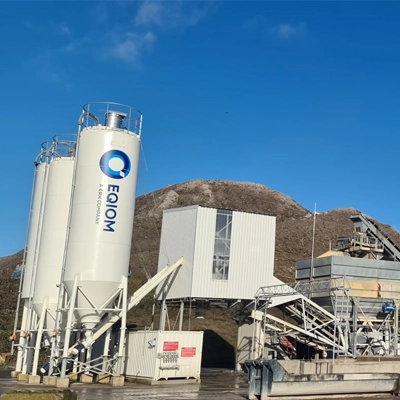 Eco-design: optimizing materials & services
Eco-design: optimizing materials & servicesWe incorporate ecodesign, which involves optimising the use of all types of resources, into all our projects. Aside from materials, we are working on developing service-sharing plans or providing services designed for multiple uses.
-
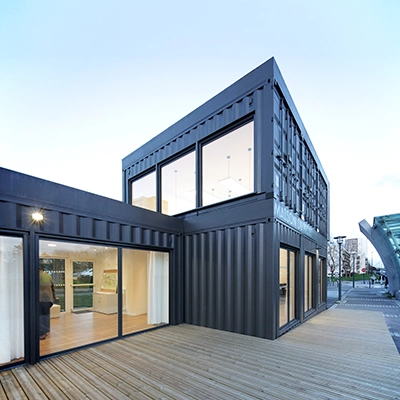 Maximising the recovery of materials
Maximising the recovery of materialsFrom deconstruction to the reuse or recycling of materials, our teams seek to optimise the use of raw materials from the design stage, then use them in an environmentally responsible way throughout their projects
